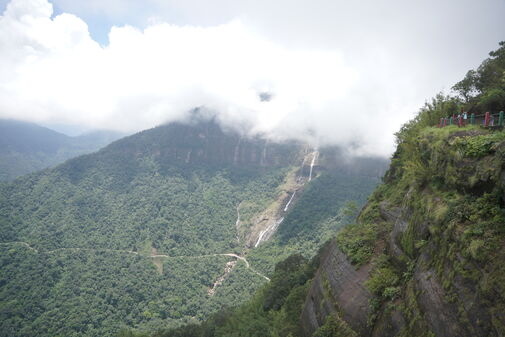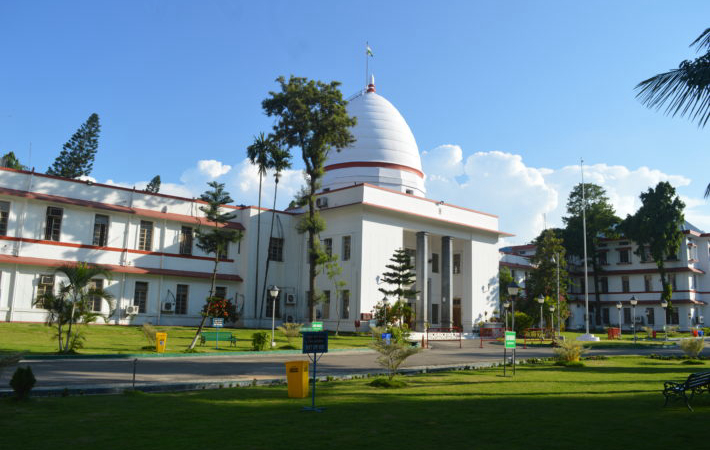Guwahati, July 29: If the tourist taxi ban issue in Shillong was not enough to detract tourists, a new report on air quality might act as one more deterrent.
With people planning a trip to Shillong popularly known as “Scotland of the East” to beat the summer heat and also to get some fresh air, a report by AirVoice which works on global air quality challenges says that though Shillong’s air quality is relatively better than industrial areas like Baddi (Himachal Pradesh), but worse than places like Gangtok (Sikkim) and Thiruvananthapuram (Kerala).
The study further said that with the arrival of the holiday season, people across India are planning their vacations. It advised that when choosing a destination, it’s important to remember the quality of the air we breathe.
“Good air quality is essential for a healthy and pleasant travel experience, making it a crucial factor to consider” it says.
The study was carried from January to June this year. It says the study aims to compare the air quality in some of India’s most popular tourist spots and by analysing air quality data, its wants to understand the environmental conditions in these regions and how they might affect tourists.
“Our goal is to provide useful information for travelers who want to enjoy not only the beauty and adventure of their destinations but also a healthy environment” it adds.
The tourist destinations which were studied were Goa, Kerala (two destinations), Norheast India (three destinations – Shillong, Gangtok, Nagaon, Baddi in Himachal Pradesh, Srinagar in Kashmir and New Delhi.
The data was collected from the Central Pollution Control Board’s (CPCB) website for a six month period from January 1, 2024, to July 1, 2024. The analysis, conducted using data from the Central Pollution Control Board (CPCB) over the first six months of 2024, revealed that air quality in Shillong often fails to meet the National Ambient Air Quality Standards (NAAQS).
The findings revealed that Shillong experienced 20% of days where air quality parameters exceeded NAAQS limits, surpassing the allowable 2% threshold for incident days. The main contributors to air pollution in Shillong are particulate matter (PM2.5 and PM10), which frequently exceeded recommended levels.




